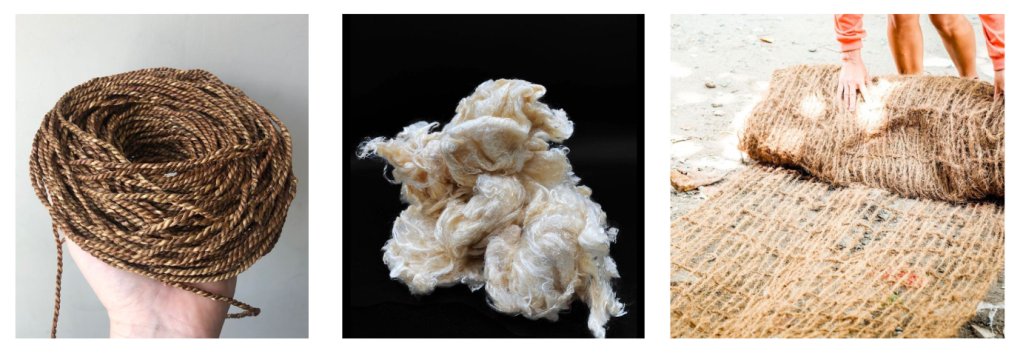In the dynamic intersection of academia, entrepreneurship, and sustainable design, my journey unfolds as an advocate for textile sustainability. From my roots in founding a clothing company over two decades ago to my current roles as an educator, the thread of sustainable textiles has woven its way through my professional tapestry.

My first experience teaching sustainability at a post secondary institution started at the end of 2018 where I co-instructed “Make Change Studio,” with Emily Smith through SFU and Emily Carr University. Its impact resonates in the ethos of sustainability integrated into design thinking while intersecting through an entrepreneurial lens. This concept goes beyond trends, embedding itself as a guiding principle in the choices students make as future designers.
Drawing inspiration from Kate Fletcher’s insights, especially in the paper “Fashion Education in Sustainability in Practice,” sustainability in design education isn’t a mere elective; it’s a practice embedded in every stitch. As Fletcher aptly puts it, “A person’s sense of identity is reflected in the garment they wear, and this reflection contributes to a rich story that continues through time.” (Fletcher, 2013)This narrative extends beyond individual identity to encompass the collective story of sustainability that each student, with every sustainable textile choice, contributes to.

My venture into teaching sustainability, entrepreneurship, product development, and practicum at La Salle College further underscores the practical application of sustainable textile principles. The classroom isn’t just a space for theoretical discourse; it’s a loom where ideas are woven into tangible, market-ready realities.
Emily Carr University’s Fibershed Fieldschool stands as a testament to my commitment to hands-on, practice-based learning. Across three cohorts, students immersed themselves in exploring regional textiles, cultivating a deep understanding of the origin, impact, and potential of sustainable fibers. The very act of engagement with the materials, from farm to finished product, instilled in them a profound connection to sustainable practices.

As an extension of this commitment, I will be teaching a follow-up course at Emily Carr in the new year. This special topic studio builds on the foundational work initiated during the Fibershed Field School. Insights from previous work led to the identification of various collaborators – Fibre, Tools, Place, Weather, Heritage, Time, and Stories. As collaborators, we team up, unite, and integrate diverse perspectives, emphasizing the importance of collaboration with non-human contributors. The course embraces ontological design through textiles, inviting students to explore strategies for making in new and meaningful ways.

Pedagogy takes center stage as we delve into hands-on learning, acknowledging that the act of making is a potent teacher. As students engage with local materials through embodied practices, the course becomes a platform for counteracting prevailing modernist and capitalistic agendas through collaborative learning. We’re not just creating textiles; we’re weaving narratives that challenge, inspire, and lead to a more sustainable and interconnected future.
I have been privileged to experience my multifaceted roles in design education, entrepreneurship, and hands-on learning converging in a commitment to weaving a sustainable future. The loom of education isn’t just a tool for skill development; it’s a platform for instilling values that echo through the industry. In each student’s creation, in every business venture, and in the very fibers of our textiles, the journey unfolds – from classroom to a runway where sustainability takes center stage.
Fashion Education in Sustainability in Practice, 2013, Fletcher K., Williams D.
https://www.researchgate.net/publication/299575313_Fashion_Education_in_Sustainability_in_Practice
Leave a comment